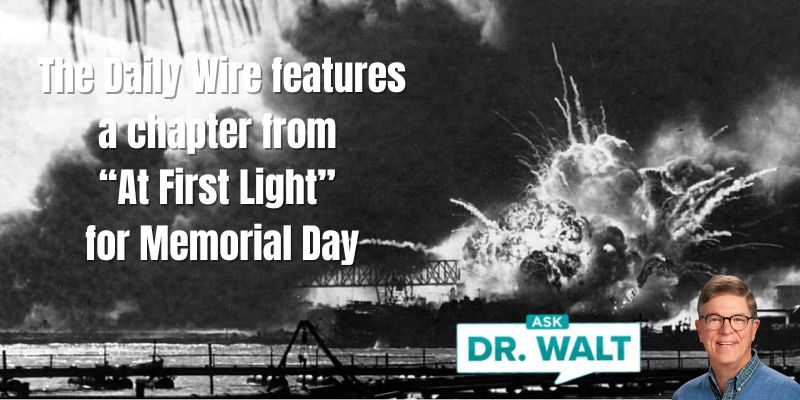
Day 19 — Our Ireland Adventure
June 3, 2024
Day 20 — Heading home from our wonderful Great Britain and Ireland Adventure
June 4, 2024June 4, 1944 — The liberation of the Eternal City begins – as do the arguments – “Who got to Rome first?”
Precisely who crossed Rome’s city limits early on Sunday, June 4, 1944, would be disputed for decades. Various units claimed the honor by filling out affidavits and issuing proclamations and protests.[1]

Traffic jams and friendly fire, orders and counterorders, flocking journalists and even a wedding party—the bride, dressed in gray and holding a rose bouquet, tiptoed around German corpses in the roadway—threatened to turn the liberation into opera buffa.
General Clark left Anzio in brilliant sunshine at 8:30 A.M. with a convoy of two armored cars and six jeeps packed with more journalists.
Arriving at Centocelle, he hopped from his jeep in a flurry of salutes.
When Clark asked why the drive had stalled, Frederick replied, “I’m holding off the artillery because of the civilians.”[2]
~~~~~
By late Sunday, June 4, American soldiers were streaming through Rome’s outer precincts.
As the sun set, the first major European capital of an Axis nation was firmly in Allied hands.
The following day, Phil and the entire 3rd Division either drove or marched into the Eternal City.
Phil and his pal, Ross Calvert, rode together in Phil’s Jeep behind the frontline troops. They were overwhelmed by the joyous reception from the citizens of Rome.
Their eyes were drawn to a massive banner on the Pantheon[2] that read, in English: Welcome to the Liberators.
The delirious crowds decorated the Jeep and both men with flowers.
They offered them swigs of Tuscan wine until they arrived at the Piazza Venezia, the central hub of Rome, where Cardinal Venezia had ordered the construction of his own palace, the Palazzo Venezia, in 1455.
During an afternoon ceremony, both the U.S. flag and a Union Jack were raised on staffs above the Palazzo.[3]
~~~~~
The reception of Fifth Army by the citizens of Rome had been hysterical.
While the hated Germans were scurrying north and west out of the city through deserted streets, the roads leading into Rome from the south and east were filled by its cheering citizens.
As one tank commander put it, “What the Germans had never been able to do the solid masses of the Roman throngs had accomplished: they stopped our tanks. Our progress everywhere was slowed by the thickly packed streets.”[4]
~~~~~
In the eleven days of battles leading up to Rome’s liberation, an offensive of unparalleled fury had shattered a series of powerful German defensive lines that opened the road to Rome.
The 30th Infantry paid the enormous cost of 952 casualties, almost one-third of the effective regimental combat strength.
Despite these grievous losses, the regiment accomplished its mission with flying colors and was recommended for a Distinguished Unit Citation by President Roosevelt.
Furthermore, six Medals of Honor were awarded.
But the excitement of the fall of Rome would be quickly forgotten in less than twenty-four hours.
~~~~~
[1] Atkinson, The Day of Battle, 570
[2] The Pantheon is a former Roman temple that is now a Catholic church (Basilica di Santa Maria ad Martyres or Basilica of St. Mary and the Martyrs).
[3] Larimore, At First Light, 112-113
[4] Atkinson, The Day of Battle, 570.
[5] Starr, 267.
In case you haven’t read or listened to Dad’s book, you can learn more or order it here.
© Copyright WLL, INC. 2024.




